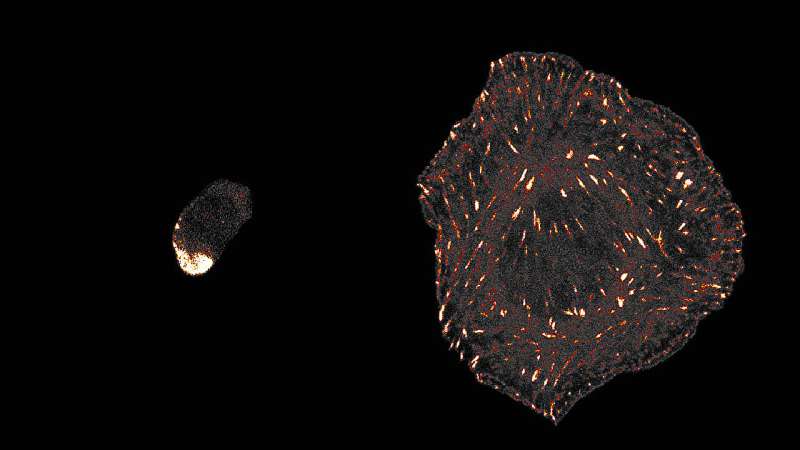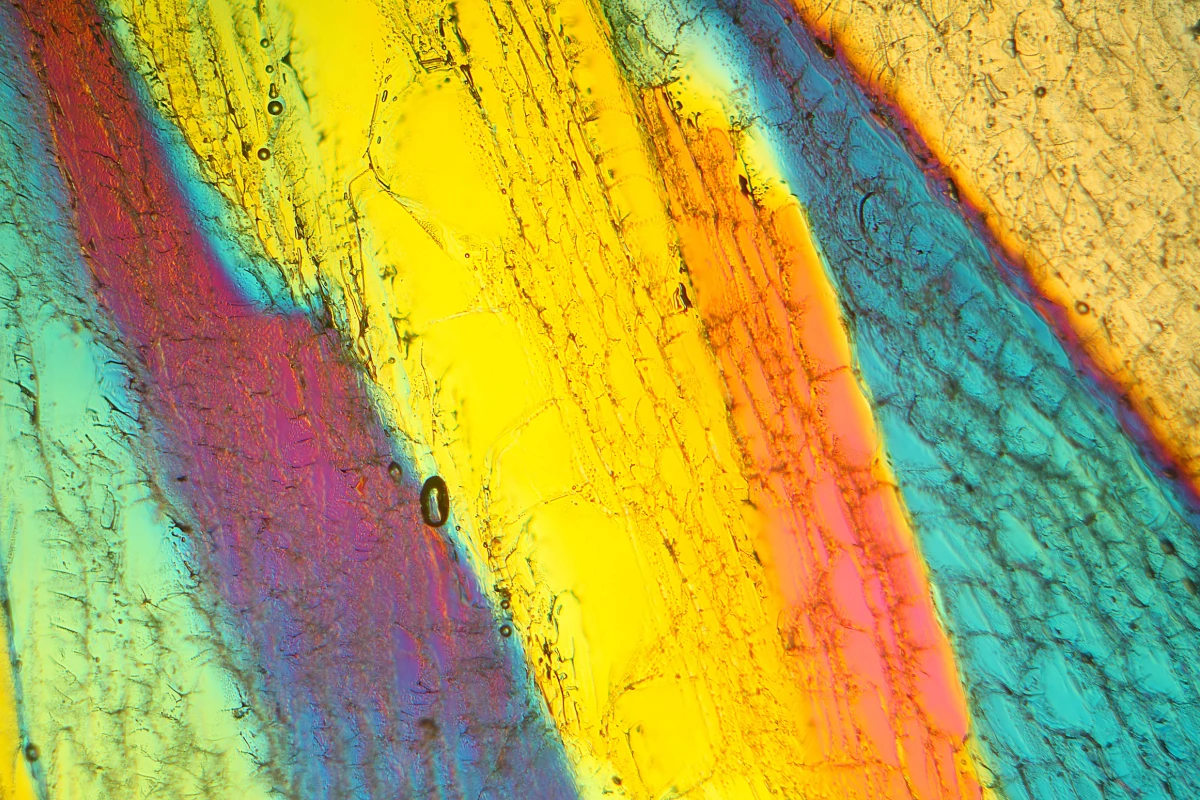Recent research published in PLOS Biology uncovers that the superior colliculus, an ancient region of the brain, plays a crucial role in interpreting visual information independently of the cortex. This significant finding, released on November 8, 2025, challenges the long-standing belief that complex visual processing resides solely within the brain’s outer layer.
The study demonstrates that the superior colliculus, a structure present in all vertebrates, functions as a primitive “radar” system. It processes visual signals received directly from the retina and helps determine which elements in a visual scene require immediate attention. Researchers discovered that this ancient brain region can autonomously perform essential computations, such as distinguishing objects from their backgrounds and identifying relevant visual cues.
Andreas Kardamakis, the head of the Neural Circuits in Vision for Action Laboratory at the Institute for Neurosciences, part of the Spanish National Research Council (CSIC) and the Miguel Hernández University (UMH) of Elche, emphasized the significance of this discovery. “For decades, it was thought that these computations were exclusive to the visual cortex,” he stated. “We have shown that the superior colliculus can perform them autonomously, indicating that the ability to analyze what we see is an ancient mechanism.”
Revolutionizing Understanding of Visual Processing
The superior colliculus reacts first to stimuli such as movement or sudden changes in the visual field, guiding the eyes toward these new elements. Researchers utilized cutting-edge techniques, including patterned optogenetics, electrophysiology, and computational modeling, to explore how this processing occurs. By activating specific retinal pathways with light and recording responses from mouse brain slices, they found that the superior colliculus can suppress central visual signals when surrounding areas become active—a defining characteristic of center-surround processing.
Co-first author Kuisong Song noted, “This demonstrates that the ability to select or prioritize visual information is embedded in the oldest subcortical circuits of the brain.” The results suggest that mechanisms governing attention are deeply rooted in ancient brain architecture, predating the evolution of higher cortical areas.
The implications of these findings extend beyond basic science. Understanding how these ancient structures contribute to visual attention can provide insights into various disorders, such as attention deficit hyperactivity disorder (ADHD) and sensory processing issues. “Disorders may partly originate from imbalances between cortical communication and these fundamental circuits,” Kardamakis pointed out.
Collaborative Research with Global Impact
This research is the result of a collaborative effort involving institutions such as the Karolinska Institutet, KTH Royal Institute of Technology in Sweden, and the Massachusetts Institute of Technology (MIT) in the USA. The team also included researcher Teresa Femeniá from IN CSIC-UMH, who played a vital role in developing the experimental work.
In addition to the immediate findings, Kardamakis and fellow researcher Giovanni Usseglio contributed a chapter to the forthcoming Evolution of Nervous Systems series by Elsevier, further exploring the evolutionary significance of subcortical visual systems across species. Their work illustrates that structures analogous to the superior colliculus serve a common purpose in various animals, helping to merge sensory and motor information to direct gaze and attention.
The research was supported by several funding bodies, including Spain’s State Research Agency, the Severo Ochoa Programme for Centres of Excellence, the Generalitat Valenciana, and the Swedish Research Council.
The findings from this study not only shed light on the evolutionary roots of visual perception but also highlight the enduring relevance of ancient brain structures in contemporary cognitive functions. As scientists continue to explore how these mechanisms shape attention and perception, a deeper understanding of the neurological basis for attention and its dysfunctions in an increasingly visually stimulating world may emerge.







